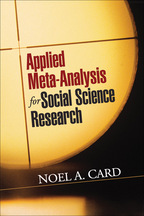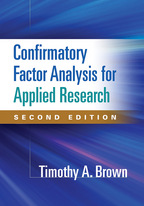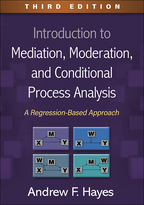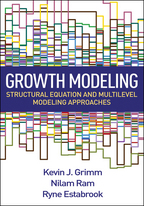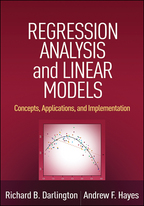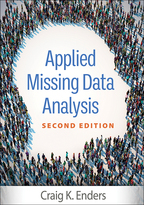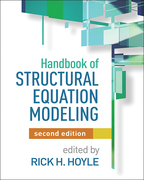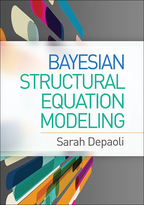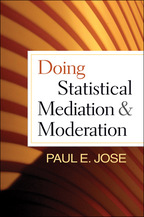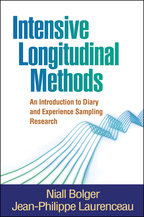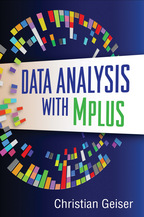Applied Meta-Analysis for Social Science Research
Noel A. Card
1. An Introduction to Meta-Analysis
1.1 The Need for Research Synthesis in the Social Sciences
1.2 Basic Terminology
1.3 A Brief History of Meta-Analysis
1.4 The Scientific Process of Research Synthesis
1.5 An Overview of the Book
1.6 Practical Matters: A Note on Software and Information Management
1.7 Summary
1.8 Recommended Readings
2. Questions That Can and Questions That Cannot Be Answered through Meta-Analysis
2.1 Identifying Goals and Research Questions for Meta-Analysis
2.2 The Limits of Primary Research and the Limits of Meta-Analytic Synthesis
2.3 Critiques of Meta-Analysis: When Are They Valid and When Are They Not?
2.4 Practical Matters: The Reciprocal Relation between Planning and Conducting a Meta-Analysis
2.5 Summary
2.6 Recommended Readings
3. Searching the Literature
3.1 Developing and Articulating a Sampling Frame
3.2 Inclusion and Exclusion Criteria
3.3 Finding Relevant Literature
3.4 Reality Checking: Is My Search Adequate?
3.5 Practical Matters: Beginning a Meta-Analytic Database
3.6 Summary
3.7 Recommended Readings
II. The Building Blocks: Coding Individual Studies
4. Coding Study Characteristics
4.1 Identifying Interesting Moderators
4.2 Coding Study “Quality”
4.3 Evaluating Coding Decisions
4.4 Practical Matters: Creating an Organized Protocol for Coding
4.5 Summary
4.6 Recommended Readings
5. Basic Effect Size Computation
5.1 The Common Metrics: Correlation, Standardized Mean Difference, and Odds Ratio
5.2 Computing r from Commonly Reported Results
5.3 Computing g from Commonly Reported Results
5.4 Computing o from Commonly Reported Results
5.5 Comparisons among r, g, and o
5.6 Practical Matters: Using Effect Size Calculators and Meta-Analysis Programs
5.7 Summary
5.8 Recommended Readings
6. Corrections to Effect Sizes
6.1 The Controversy of Correction
6.2 Artifact Corrections to Consider
6.3 Practical Matters: When (and How) to Correct: Conceptual, Methodological, and Disciplinary Considerations
6.4 Summary
6.5 Recommended Readings
7. Advanced and Unique Effect Size Computation
7.1 Describing Single Variables
7.2 When the Metric Is Meaningful: Raw Difference Scores
7.3 Regression Coefficients and Similar Multivariate Effect Sizes
7.4 Miscellaneous Effect Sizes
7.5 Practical Matters: The Opportunities and Challenges of Meta-Analyzing Unique Effect Sizes
7.6 Summary
7.7 Recommended Readings
III. Putting the Pieces Together: Combining and Comparing Effect Sizes
8. Basic Computations: Computing Mean Effect Size and Heterogeneity around This Mean
8.1 The Logic of Weighting
8.2 Measures of Central Tendency in Effect Sizes
8.3 Inferential Testing and Confidence Intervals of Average Effect Sizes
8.4 Evaluating Heterogeneity among Effect Sizes
8.5 Practical Matters: Nonindependence among Effect Sizes
8.6 Summary
8.7 Recommended Readings
9. Explaining Heterogeneity among Effect Sizes: Moderator Analyses
9.1 Categorical Moderators
9.2 Continuous Moderators
9.3 A General Multiple Regression Framework for Moderation
9.4 An Alternative SEM Approach
9.5 Practical Matters: The Limits of Interpreting Moderators in Meta-Analysis
9.6 Summary
9.7 Recommended Readings
10. Fixed-, Random-, and Mixed-Effects Models
10.1 Differences among Models
10.2 Analyses of Random-Effects Models
10.3 Mixed-Effects Models
10.4 A Structural Equation Modeling Approach to Random- and Mixed-Effects Models
10.5 Practical Matters: Which Model Should I Use?
10.6 Summary
10.7 Recommended Readings
11. Publication Bias
11.1 The Problem of Publication Bias
11.2 Managing Publication Bias
11.3 Practical Matters: What Impact Do Sampling Biases Have on Meta-Analytic Conclusions?
11.4 Summary
11.5 Recommended Readings
12. Multivariate Meta-Analytic Models
12.1 Meta-Analysis to Obtain Sufficient Statistics
12.2 Two Approaches to Multivariate Meta-Analysis
12.3 Practical Matters: The Interplay between Meta-Analytic Models and Theory
12.4 Summary
12.5 Recommended Readings
IV. The Final Product: Reporting Meta-Analytic Results
13. Writing Meta-Analytic Results
13.1 Dimensions of Literature Reviews, Revisited
13.2 What to Report and Where to Report It
13.3 Using Figures and Tables in Reporting Meta-Analyses
13.4 Practical Matters: Avoiding Common Problems in Reporting Results of Meta-Analyses
13.5 Summary
13.6 Recommended Readings
References
Author Index
Subject Index
About the Author

